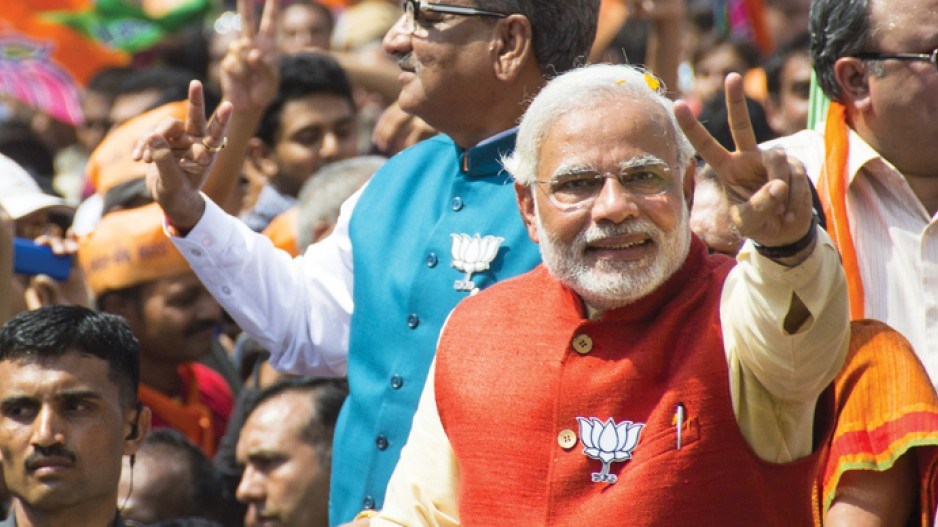Since the historic federal budget of 1991 presented by then-finance minister Manmohan Singh that launched India on a path of reform and market orientation, budget day in India has been high season for economic policy and has sent political ripples throughout South Asia and beyond.
Prime Minister Narendra Modi’s first federal budget was presented in 2014 just a month after he came into office; his first fully formed policy budget arrived this February and was met with much anticipation. The economic survey tabled in Parliament the day before the budget foreshadowed a wide-ranging reform offensive on a phalanx of subjects, including India’s leaky subsidy system of welfare spending.
In October and November, Prime Minister Modi followed up on his massive victory last May with a string of successes in a number of provincial legislatures, considerably strengthening his position federally. Then came an unexpected turn of events: starting in December and continuing into January, a series of spiteful, sectarian and absurd pronouncements by some of his own supporters catalyzed a coalescence of the splintered and reduced opposition parties.
The media, previously numbed by the sequential massive electoral successes of Modi, found their critical voice once again. But by then it was too late – Modi’s Bharatiya Janata Party (BJP) sorely lost the elections in the provincial legislature of Delhi in early February, a disaster precipitated by the unfortunate political tone in the preceding months.
Modi now needs to push through with his legislative agenda in order to solidify his political standing and usher in the new era of co-operative federalism he has promised his people.
Certainly, he has a lot on his plate – from amendments to coal and minerals legislation to reforms in insurance regulations and land acquisition law.
He has other agendas, no doubt, but for now they are not on the table. Modi has a comfortable majority in the Indian government’s lower chamber (the House of the People) but is badly outnumbered in the smaller upper chamber (the Council of States). For any lawmaking to succeed, he needs the support of most or at least some of the opposition. For coal, minerals and insurance legislation, however, it is believed that Congress has all but assured support.
But that was before the spiteful language and ensuing furor in Parliament, which ushered out the short winter session of Parliament last December. Even though the verbal jousting has bordered on the bitter, co-operation cannot be completely ruled out. But not on the land acquisition bill, which is aimed at making it easier for industrial projects to acquire land, unless Modi manages to get some regional parties aligned with Congress to break ranks and support him. Perhaps that is why the prime minister attended the recent wedding festivities of the daughter and great-nephew of two powerful regional leaders who dominate two of India’s most populous provinces, home to 300 million citizens.
The challenge before Modi on the home front is the completion of the legislative agenda that he has so far laid out, and in the time frame of this session and the next one in July. The apparent soft-pedalling in the budget on subsidies and the like appears to be part of a plan to get the legislative business through without stirring up fresh hornets’ nests. The tougher battles will need to be fought – just not today.•
Saumitra Chaudhuri is a senior fellow with the Asia Pacific Foundation of Canada and a former member of the Economic Advisory Council to the Prime Minister of India.




